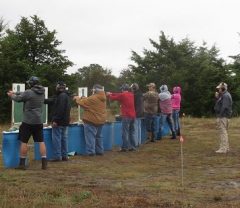I have taught hundreds of people how to shoot a pistol, and thousands have gotten their Concealed Handgun License under me. Many of those people were very good shooters, but many of them, possibly a majority, would have difficulty defending themselves in a crisis. Why is that?
Many people make the mistake of thinking of shooting a handgun as an activity that is learned once (driving a car, painting a wall), instead of a skill that depreciates (playing a musical instrument, surgery, golf). Shooting well requires practice, focus, and attention to detail. It has a short shelf-life. If one is going to develop those skills, one should get a membership at a local gun range, and go often. Every two weeks is good; every week is better, at least for a few months.
Now that that is settled, and the motivation is set, how do we get results in our range trips? If you have never had private instruction, do that first, so you know what to work on. It is well worth the modest cost. Next, start building a library of targets. While local ranges will have a few for sale, there is not enough variety, and they are marked up 200-300%. Get these online. When you buy 25 of each, the cost comes down dramatically. I buy targets from two sources:
https://shop.actiontarget.com/
Here are some targets I like to use, with comments:
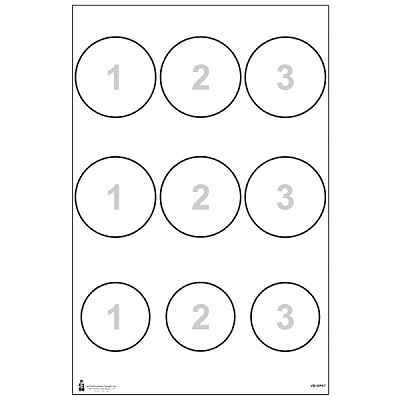
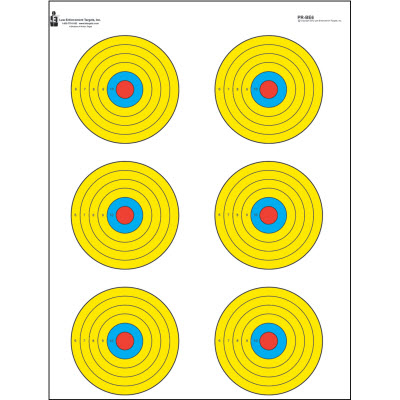

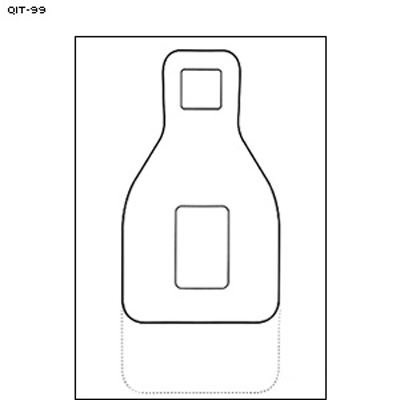
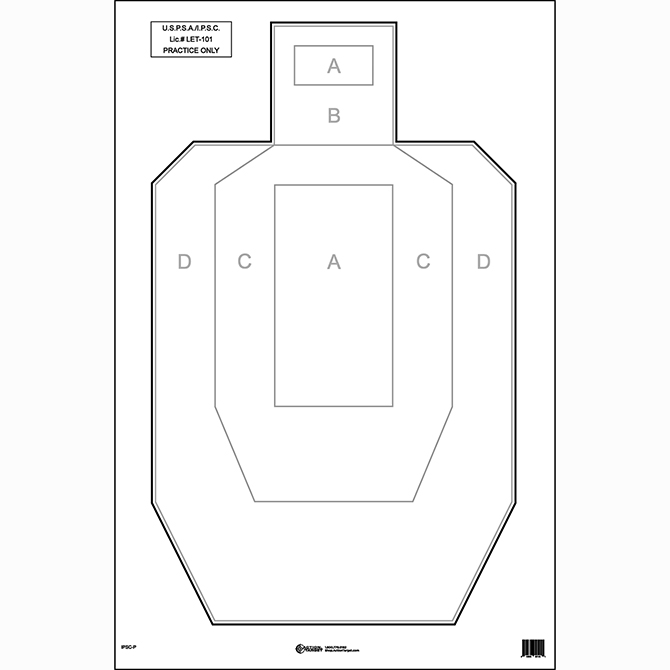
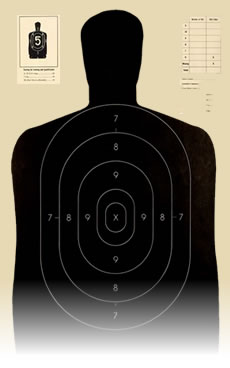
People often start with the last target above when preparing to take the Handgun License Proficiency, but that is counter-productive. In reality, for that situation, the scoring zones are so big that passing that test doesn’t prove anything. Instead, work on small targets at slow speed, working up to larger targets at faster speeds or longer distances. Remember that the most important of the fundamentals is working the trigger slowly and easily, without changing your grip strength. Always keep your goals slightly above your skill level, and you will see your confidence and skills improve.
